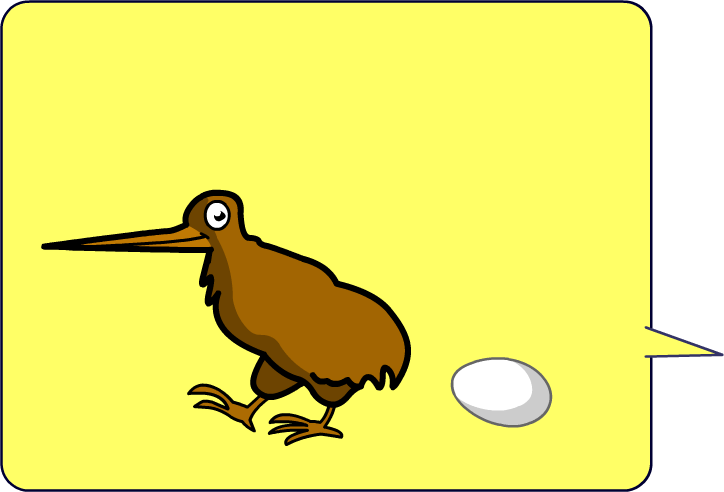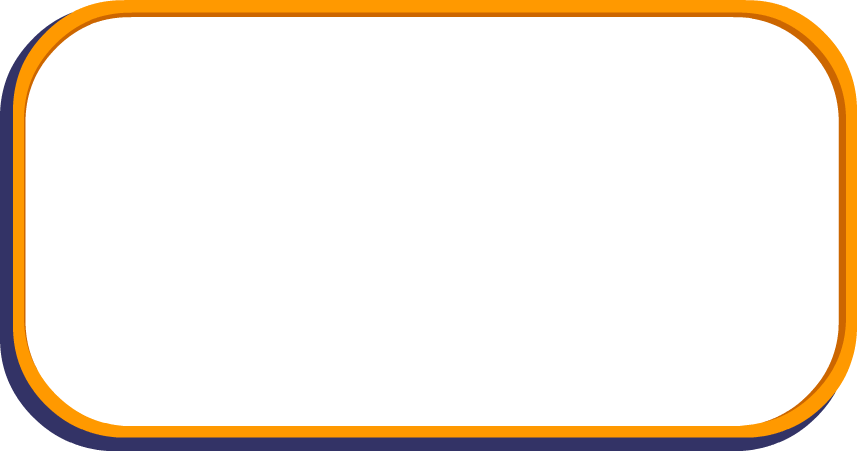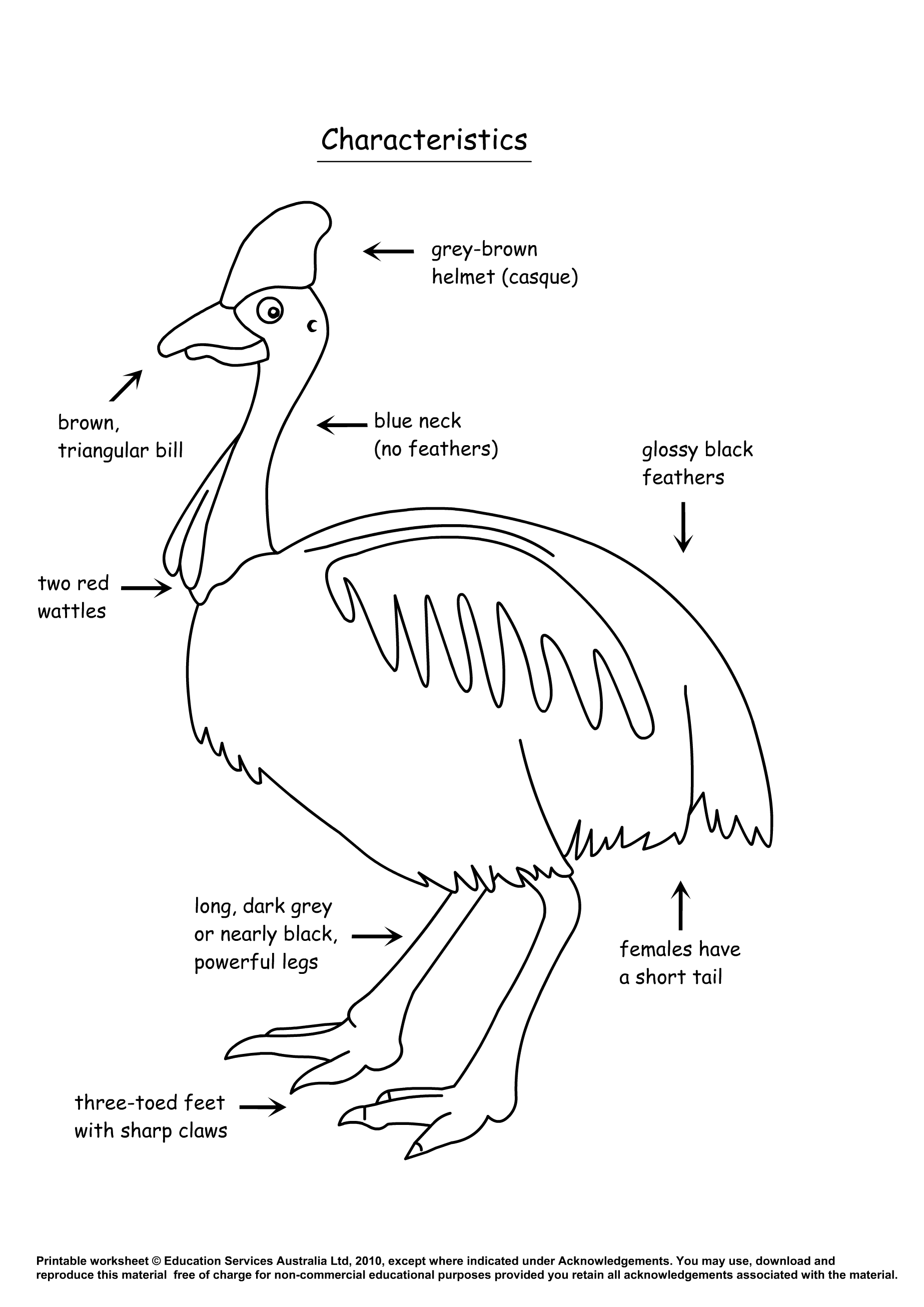
The cassowary is a large flightless bird that lives in Australia, Indonesia and Papua New Guinea.
There are three species of cassowary: the Southern Cassowary, Dwarf Cassowary and Northern Cassowary.
The Southern Cassowary is the only species that lives in Australia. It is found in some rainforest areas of North Queensland.
The Southern Cassowary is an endangered species, which means it is close to extinction. Unless we act to save the species, it will vanish forever.
There are three species of cassowary: the Southern Cassowary, Dwarf Cassowary and Northern Cassowary.
The Southern Cassowary is the only species that lives in Australia. It is found in some rainforest areas of North Queensland.
The Southern Cassowary is an endangered species, which means it is close to extinction. Unless we act to save the species, it will vanish forever.
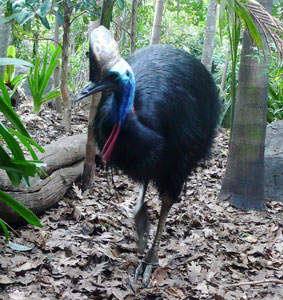
Cassowary in rainforest
Acknowledgements
Acknowledgements
Please refer to Conditions of use.
We would like to thank the Community for Coastal and Cassowary Conservation Inc (C4) for its contribution to this learning object. C4 is a group of volunteers, based at Mission Beach Queensland that cares for cassowaries and their rainforest habitat.
Cassowary in rainforest: Christopher Lance/flickr, CC BY NC ND 2.0
We would like to thank the Community for Coastal and Cassowary Conservation Inc (C4) for its contribution to this learning object. C4 is a group of volunteers, based at Mission Beach Queensland that cares for cassowaries and their rainforest habitat.
Cassowary in rainforest: Christopher Lance/flickr, CC BY NC ND 2.0

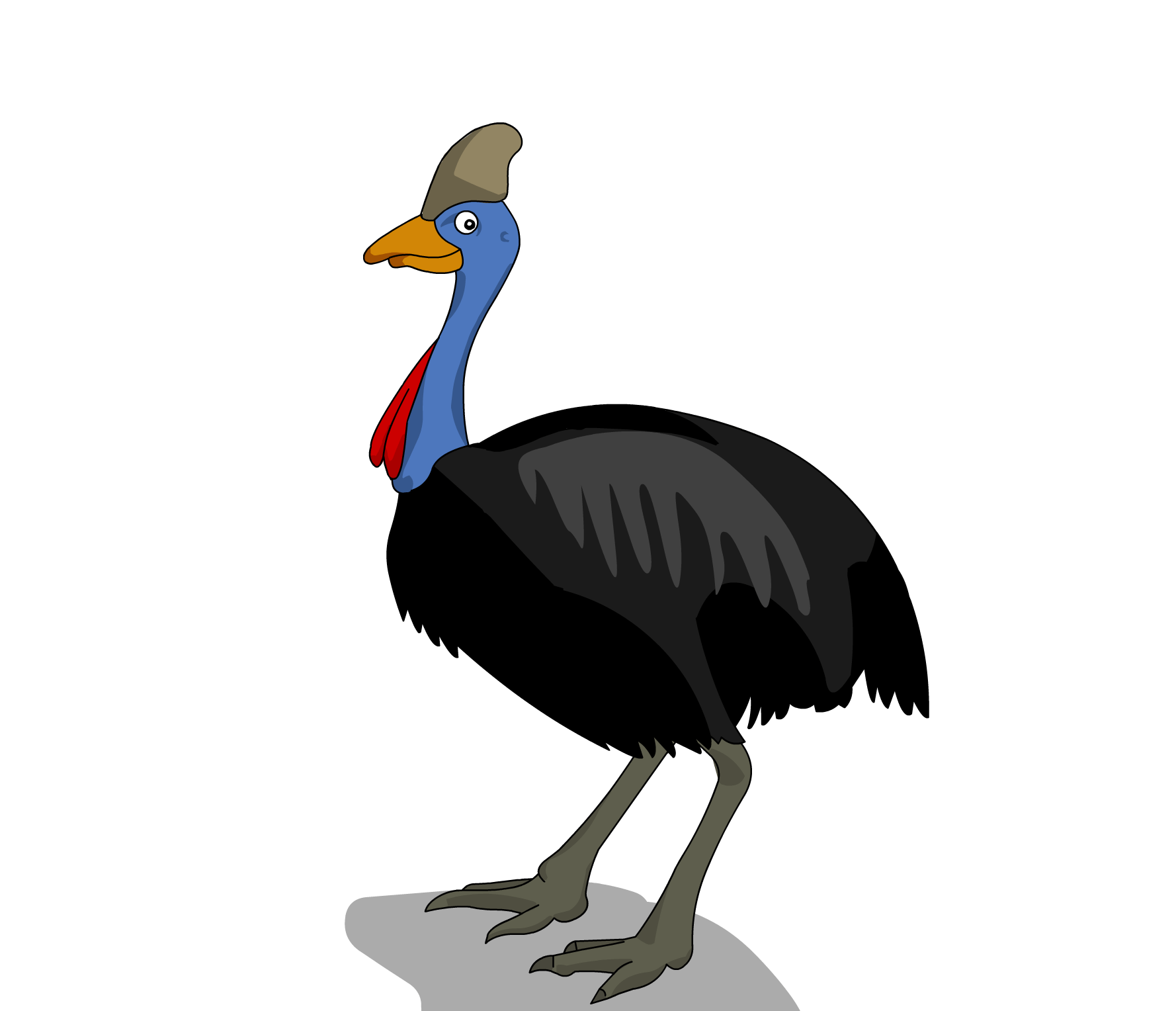
The cassowary is related to the emu, rhea, kiwi and ostrich.

grey-brown
helmet (casque)
helmet (casque)

brown,
triangular bill
triangular bill

blue neck
(no feathers)
(no feathers)

glossy black
feathers
feathers

two red
wattles
wattles

long, dark grey
or nearly black,
powerful legs
or nearly black,
powerful legs

females have a
short tail
short tail

three-toed feet
with sharp claws
with sharp claws

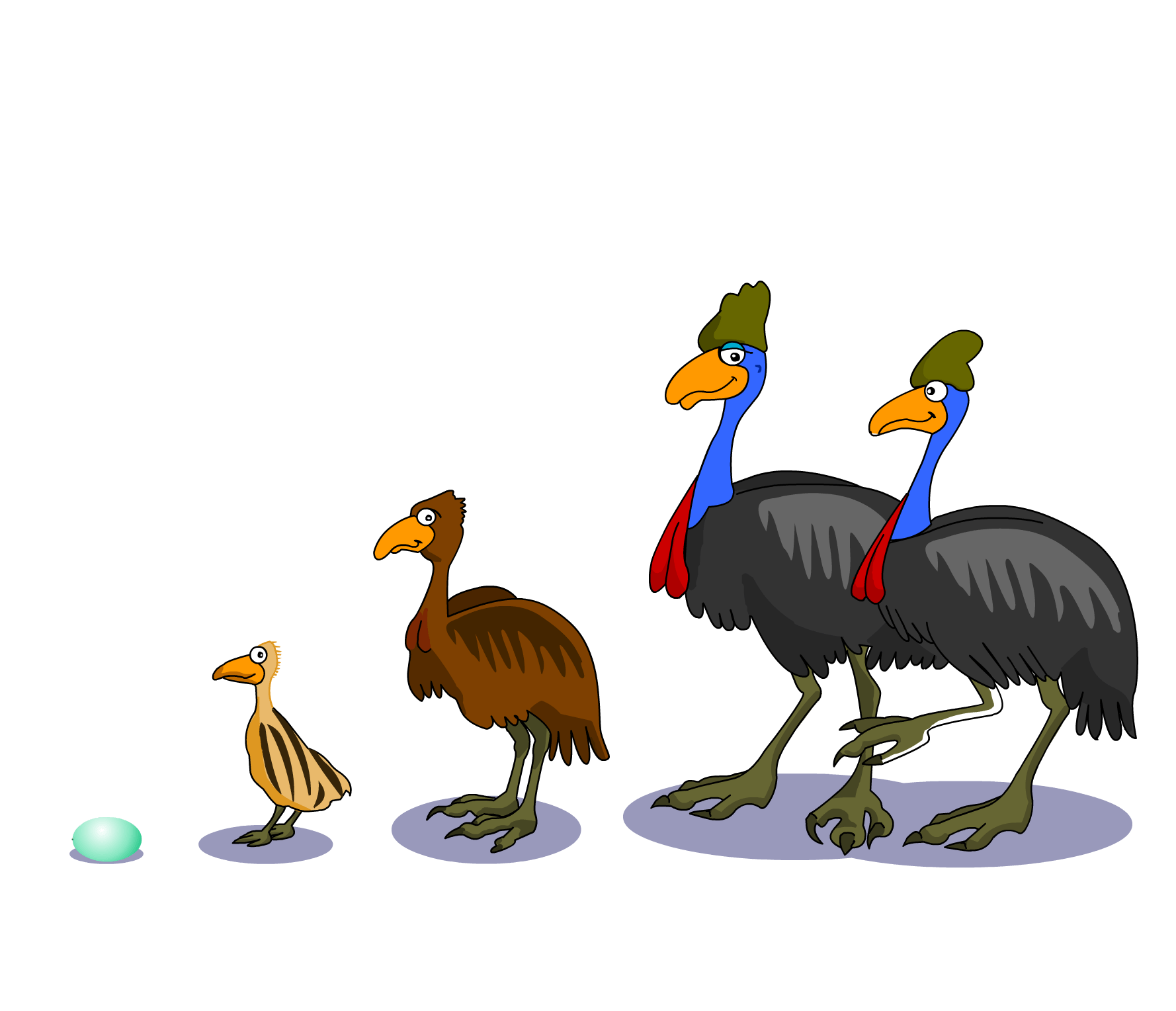
Cassowaries like to live alone. Males and females only meet to mate. After the female has laid her eggs, the male sits on them for nearly two months.
The male then looks after the chicks for a period of between 8 to 18 months. When the young are big enough to survive on their own, they are chased away.
Egg
2 months
2 months
Chick
7 months
7 months
Sub-adult
15 months
15 months
Adult female
(larger than male)
(larger than male)
Adult male

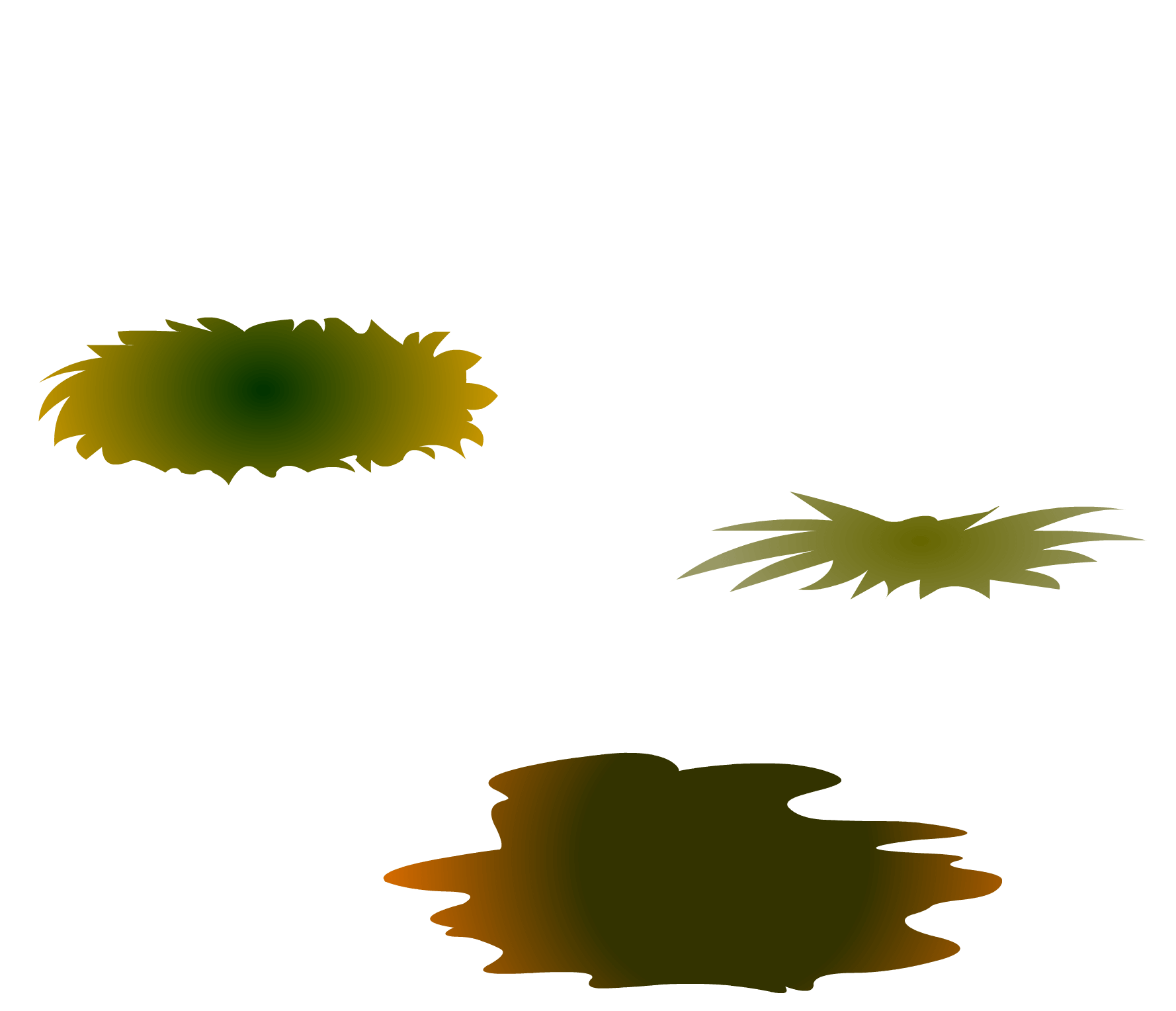
A female cassowary lays an average of four pale-green eggs. Unlike many other birds, the female lays her eggs on the ground. The male builds a nest of leaves and twigs around the eggs. He then sits on the eggs for approximately two months.
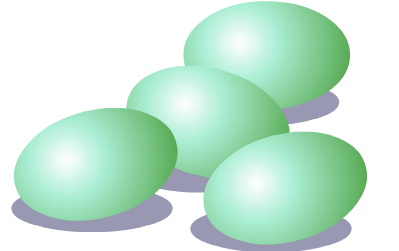
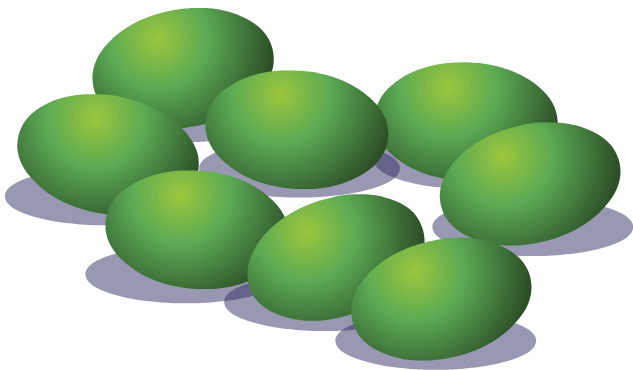

Cassowary:
average 4 eggs
average 4 eggs
Emu:
average 8 eggs
average 8 eggs
Kiwi:
usually only 1 egg
usually only 1 egg
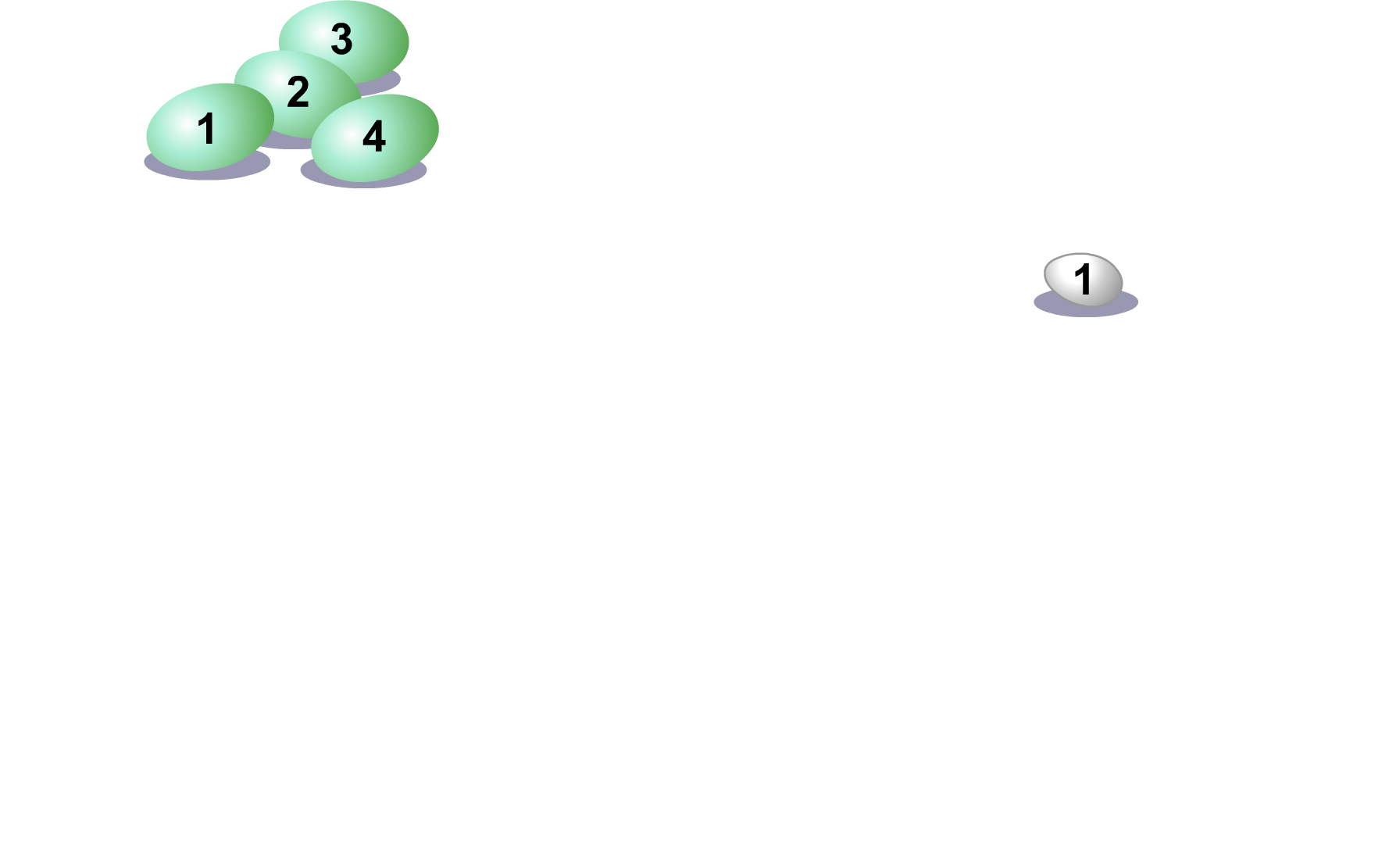
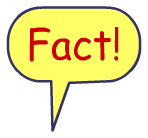

The ostrich is the tallest bird in the world, whereas the Southern Cassowary is the second-tallest bird in Australia. On average, the Southern Cassowary is slightly shorter and lighter than the emu.
Ostrich
approx 270 cm
approx 270 cm
Kiwi
approx 30 cm
approx 30 cm
Emu
approx 190 cm
approx 190 cm
Southern Cassowary
approx 180 cm
approx 180 cm
Average man
approx 178 cm
approx 178 cm
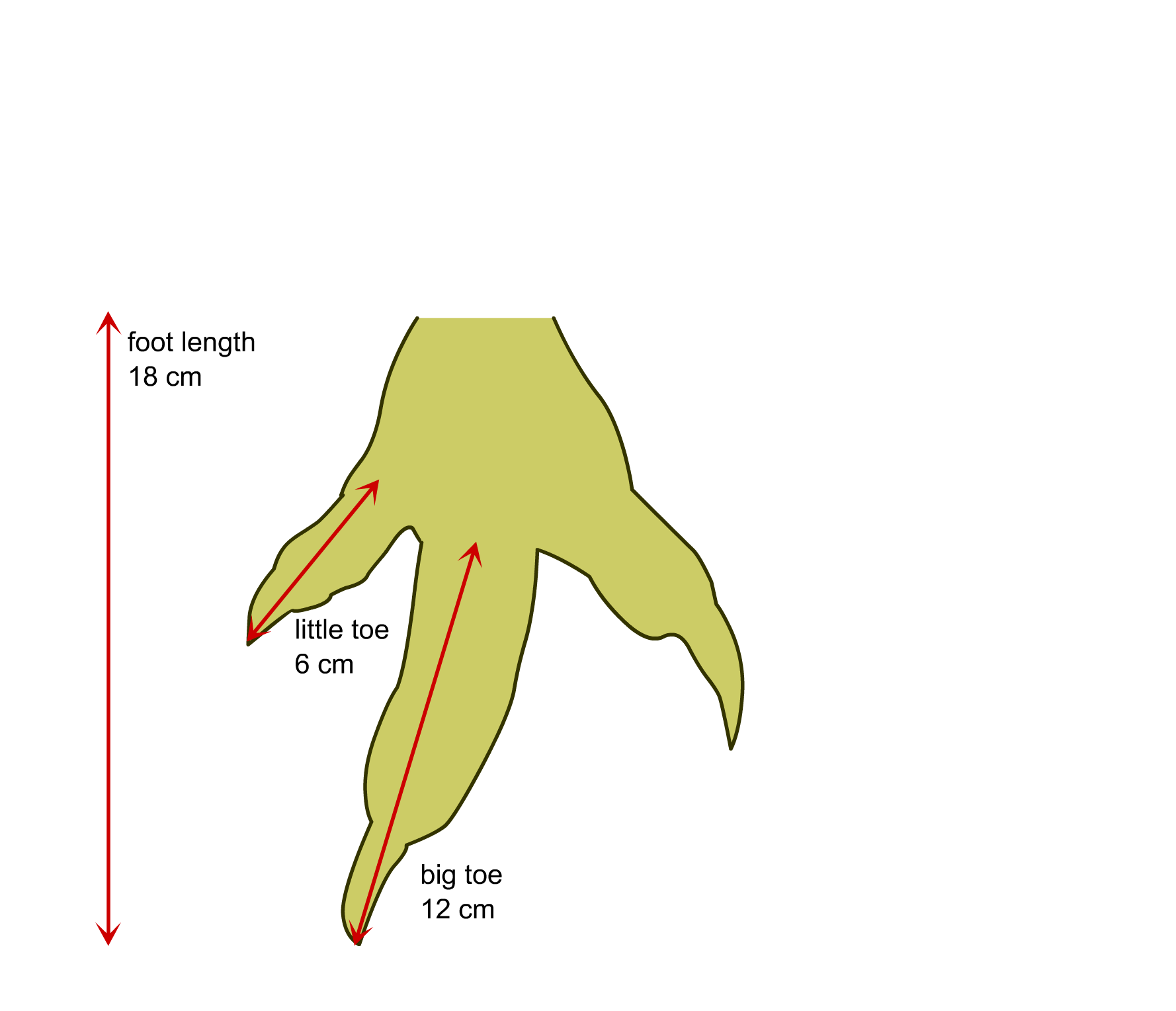
Cassowaries have three-toed feet. Sometimes, but rarely, they leap into the air and use their inner claws for striking.

inner claw
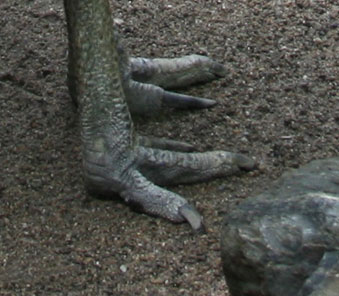
Cassowary feet
Average adult cassowary right foot
Acknowledgements
Acknowledgements
Please refer to Conditions of use.
We would like to thank the Community for Coastal and Cassowary Conservation Inc (C4) for its contribution to this learning object. C4 is a group of volunteers, based at Mission Beach Queensland that cares for cassowaries and their rainforest habitat.
Cassowary feet: Wikimedia Commons, public domain.
We would like to thank the Community for Coastal and Cassowary Conservation Inc (C4) for its contribution to this learning object. C4 is a group of volunteers, based at Mission Beach Queensland that cares for cassowaries and their rainforest habitat.
Cassowary feet: Wikimedia Commons, public domain.

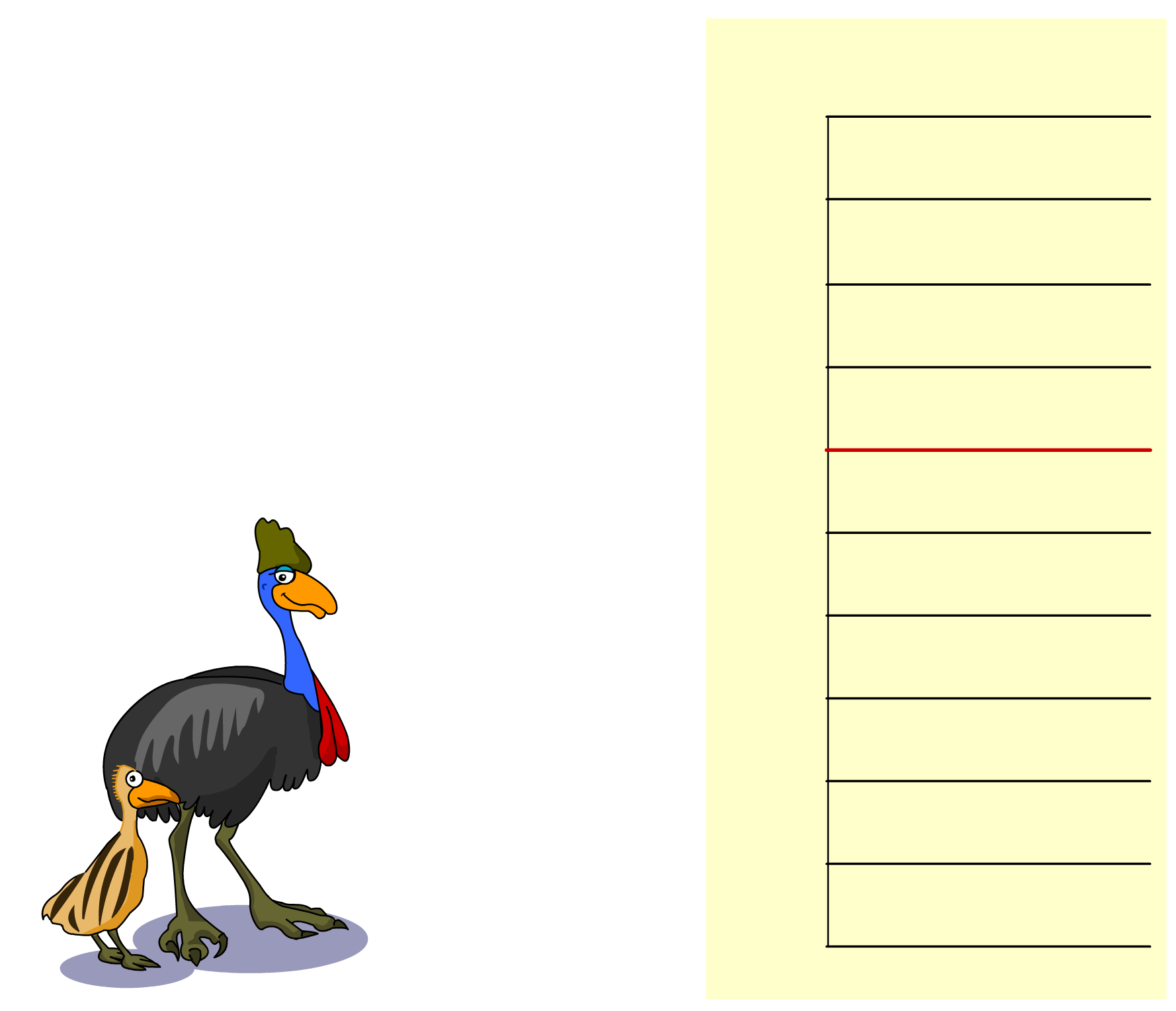
There are only about 4500 adult cassowaries left in Australia. There are, however, some actions we can take to help save cassowaries.
Actions
Stop clearing the
rainforest habitat
rainforest habitat
Drive slowly through
cassowary areas
cassowary areas
Keep dogs and other
predators away
predators away
Plant rainforest plants
that cassowaries need
for their diet
that cassowaries need
for their diet
Support cassowary
sanctuaries, rescue
and research groups
sanctuaries, rescue
and research groups
Find out more about
diseases that affect
cassowaries
diseases that affect
cassowaries
Do nothing
Estimated number of Southern Cassowaries left in Australia
7500
6750
6000
5250
4500
3750
3000
2250
1500
750
0
Today
In Ten Years








Select each action to see its estimated
effect on cassowary
numbers within the next ten years.
effect on cassowary
numbers within the next ten years.
Warning!
If we do nothing, cassowaries will probably be extinct within ten years. Select another action to see its effect on cassowary numbers.
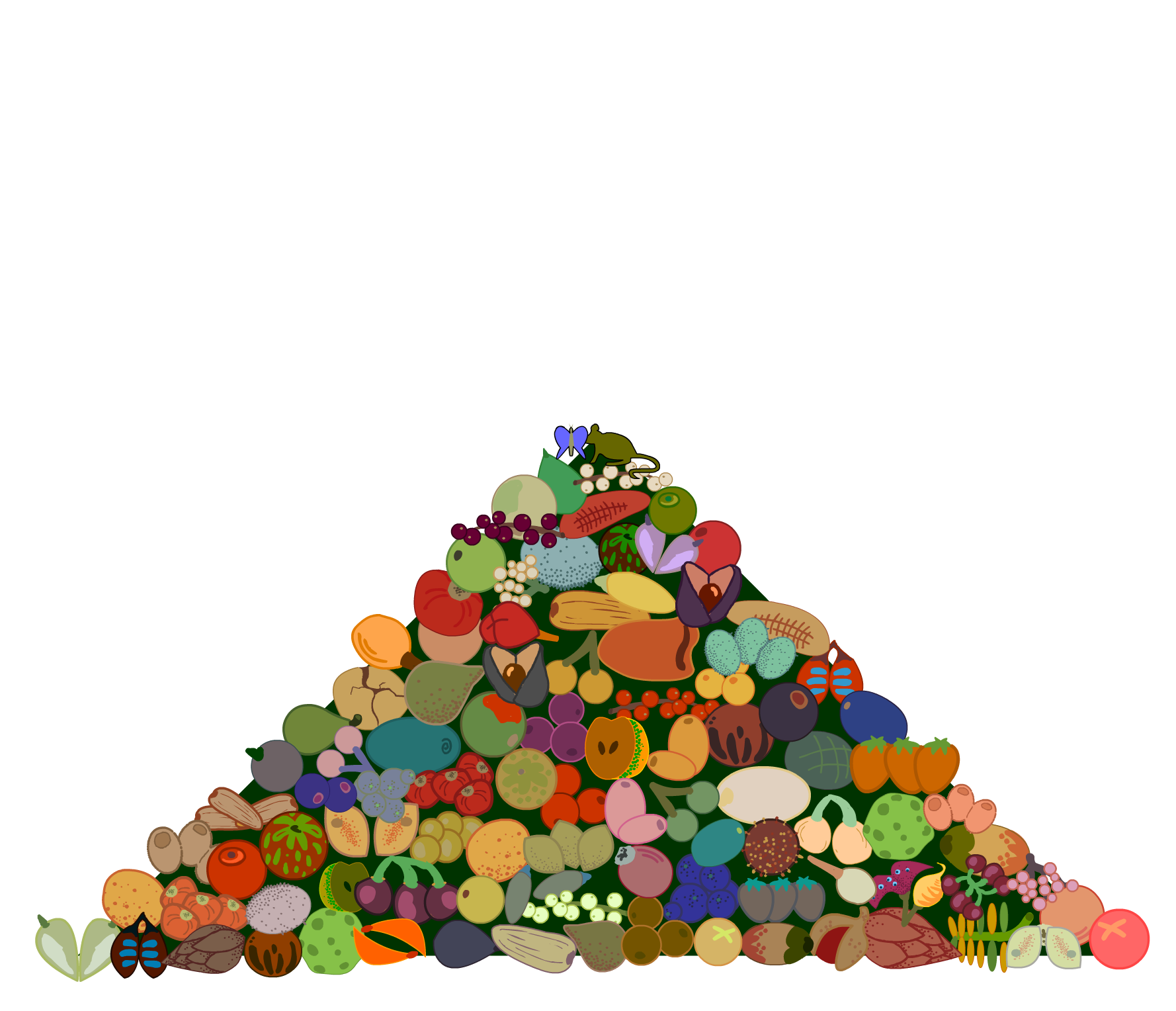
Rainforest fruits make up 99% of the cassowary's diet. The remaining 1% is made up of fungi, insects and other small animals.
These large birds help with the dispersal of seeds from rainforest fruits.
These large birds help with the dispersal of seeds from rainforest fruits.
After a cassowary has eaten some fruit, the seeds pass through its body and are spread over the forest floor in its dung.
If cassowaries vanish, many rainforest plants will also disappear forever.
If cassowaries vanish, many rainforest plants will also disappear forever.

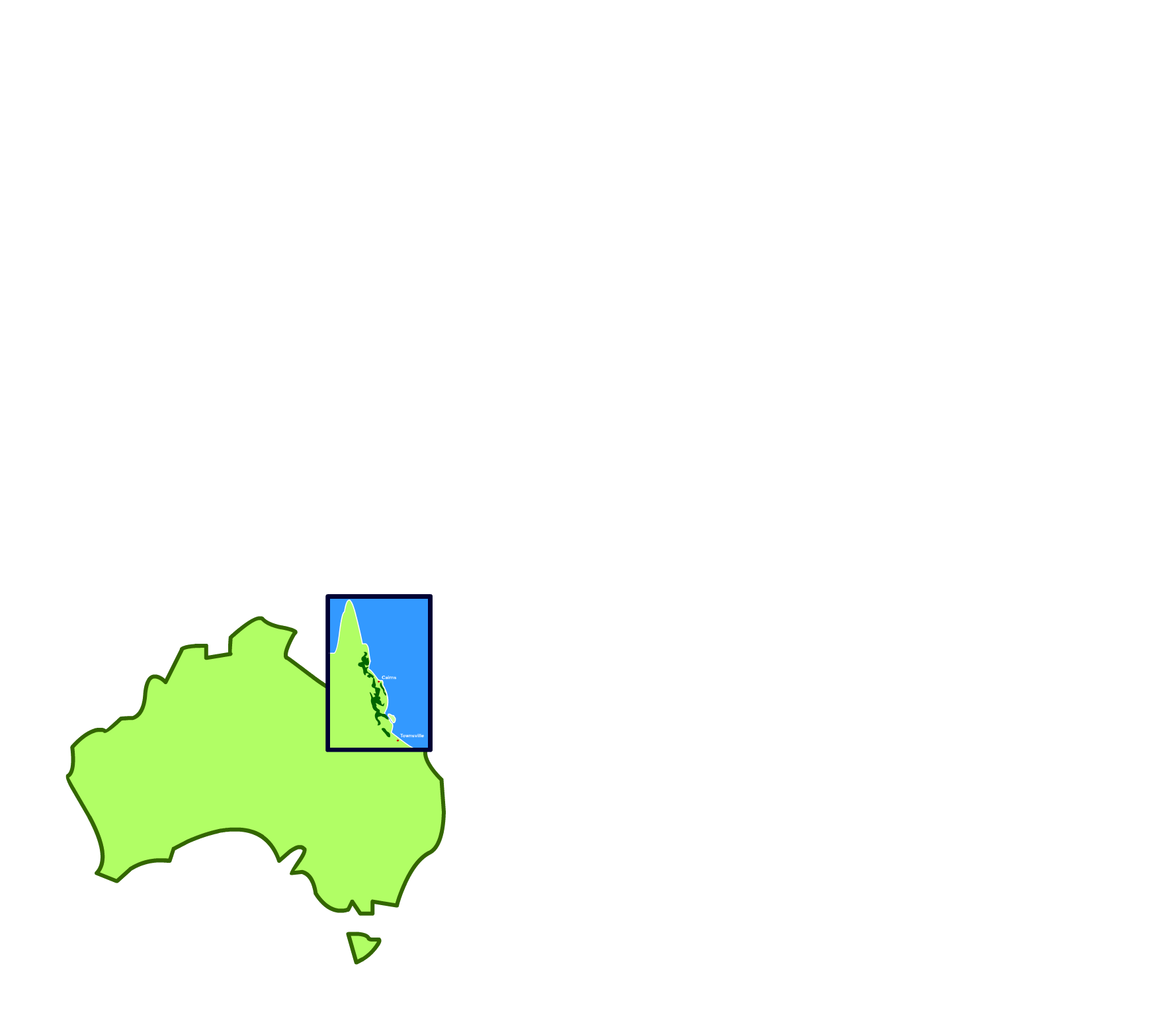
Southern Cassowaries live in the rainforests of North Queensland, Australia. They like to live alone and try to avoid meeting each other.
Since 1985, one-third of the Southern Cassowary's habitat has been cleared for farming, and urban and coastal development.
Since 1985, one-third of the Southern Cassowary's habitat has been cleared for farming, and urban and coastal development.
This map shows where cassowaries could be found in 2003.
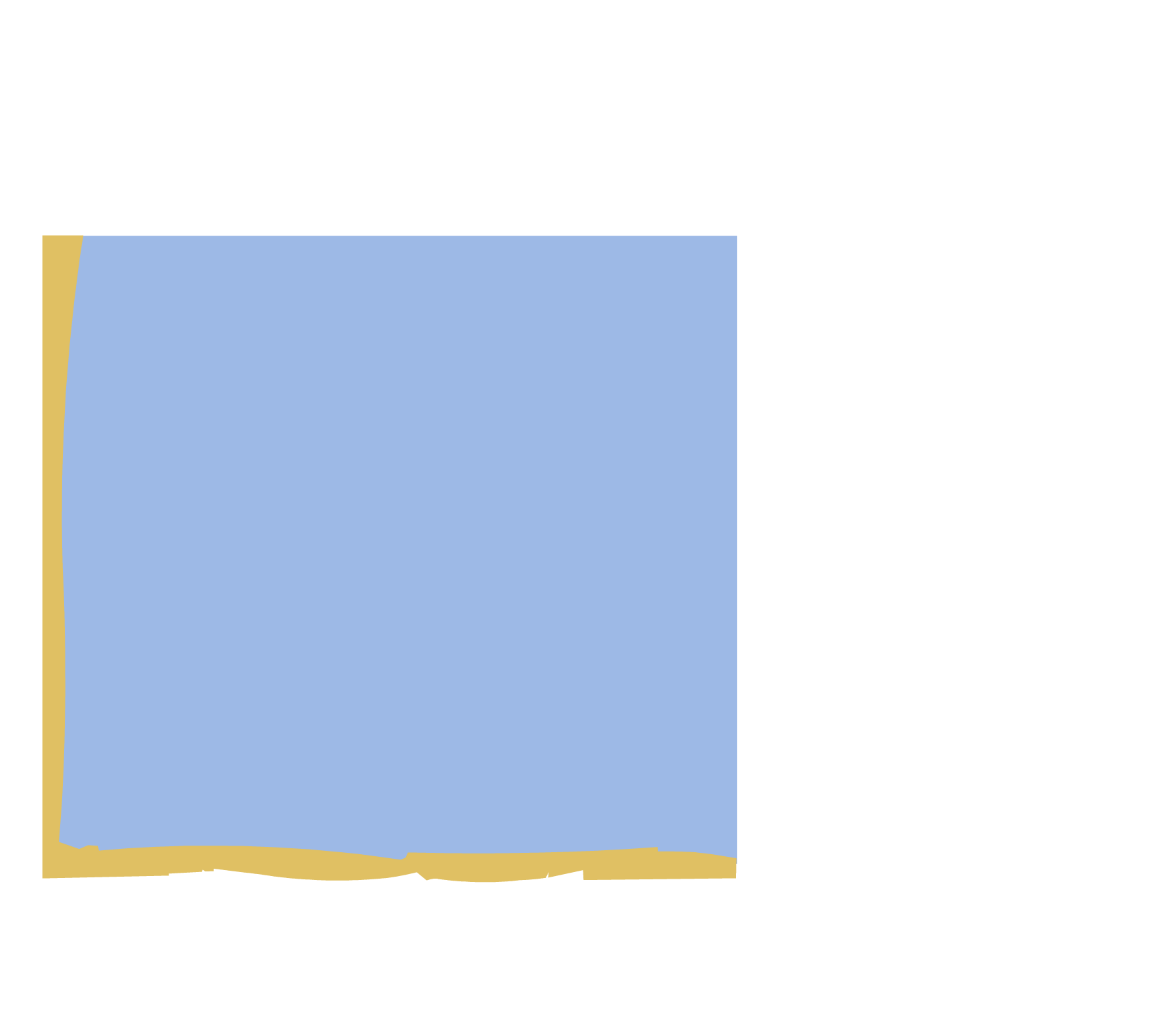
The Southern Cassowary is under severe threat from predators, loss of habitat, violent death and disease.
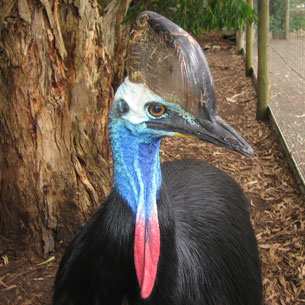
Cassowary casque (helmet)
When cassowaries fight, they often make loud booming calls.
Select to enlarge

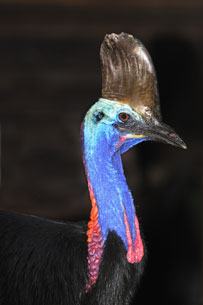
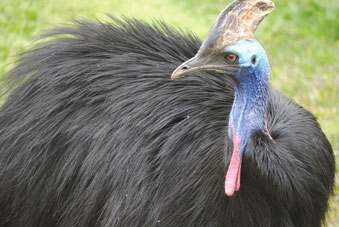

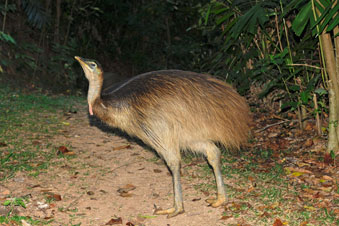

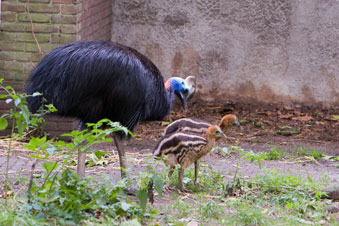

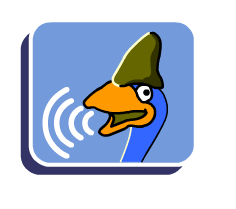 Acknowledgements
Acknowledgements
Acknowledgements
Please refer to Conditions of use.
We would like to thank the Community for Coastal and Cassowary Conservation Inc (C4) for its contribution to this learning object. C4 is a group of volunteers, based at Mission Beach Queensland that cares for cassowaries and their rainforest habitat.
Images - Cassowary in rainforest: Christopher Lance/flickr, CC BY NC ND 2.0; Cassowary feet: Wikimedia Commons, public domain; Cassowary casque(1): Wikimedia Commons, CC BY 2.0; Cassowary casque(2): John Manager/CSIRO scienceimage, CC BY 3.0; Adult cassowary: lailajuliana/pixabay, public domain; Sub-adult cassowary: John Manager/CSIRO scienceimage, CC BY 3.0; Adult cassowary with chicks: Arjan Haverkamp/flickr, CC BY 2.0.
Video - Save the Cassowary, a project of Rainforest Rescue.
Audio - Marc Anderson, XC132934, a accessible at www.xeno-canto.org/132934, CC BY-NC-SA- 3.0.
We would like to thank the Community for Coastal and Cassowary Conservation Inc (C4) for its contribution to this learning object. C4 is a group of volunteers, based at Mission Beach Queensland that cares for cassowaries and their rainforest habitat.
Images - Cassowary in rainforest: Christopher Lance/flickr, CC BY NC ND 2.0; Cassowary feet: Wikimedia Commons, public domain; Cassowary casque(1): Wikimedia Commons, CC BY 2.0; Cassowary casque(2): John Manager/CSIRO scienceimage, CC BY 3.0; Adult cassowary: lailajuliana/pixabay, public domain; Sub-adult cassowary: John Manager/CSIRO scienceimage, CC BY 3.0; Adult cassowary with chicks: Arjan Haverkamp/flickr, CC BY 2.0.
Video - Save the Cassowary, a project of Rainforest Rescue.
Audio - Marc Anderson, XC132934, a accessible at www.xeno-canto.org/132934, CC BY-NC-SA- 3.0.


A cassowary lays an average of four eggs. What fraction of this number of eggs does a kiwi lay?
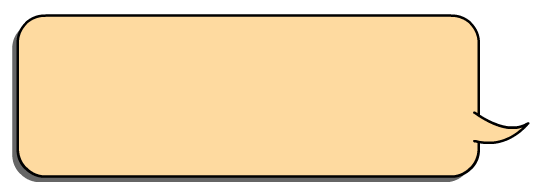
That's not it.
Try again!
Try again!

That's not it.
Have another go!
Have another go!

Enter the fraction
shown, then
select Check.
shown, then
select Check.
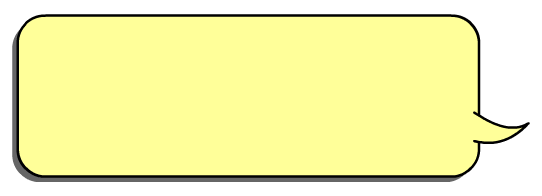
Correct!



















|
© Education Services Australia Ltd, 2019, except where indicated under Acknowledgements.
Conditions of use |

unless otherwise indicated.
|
